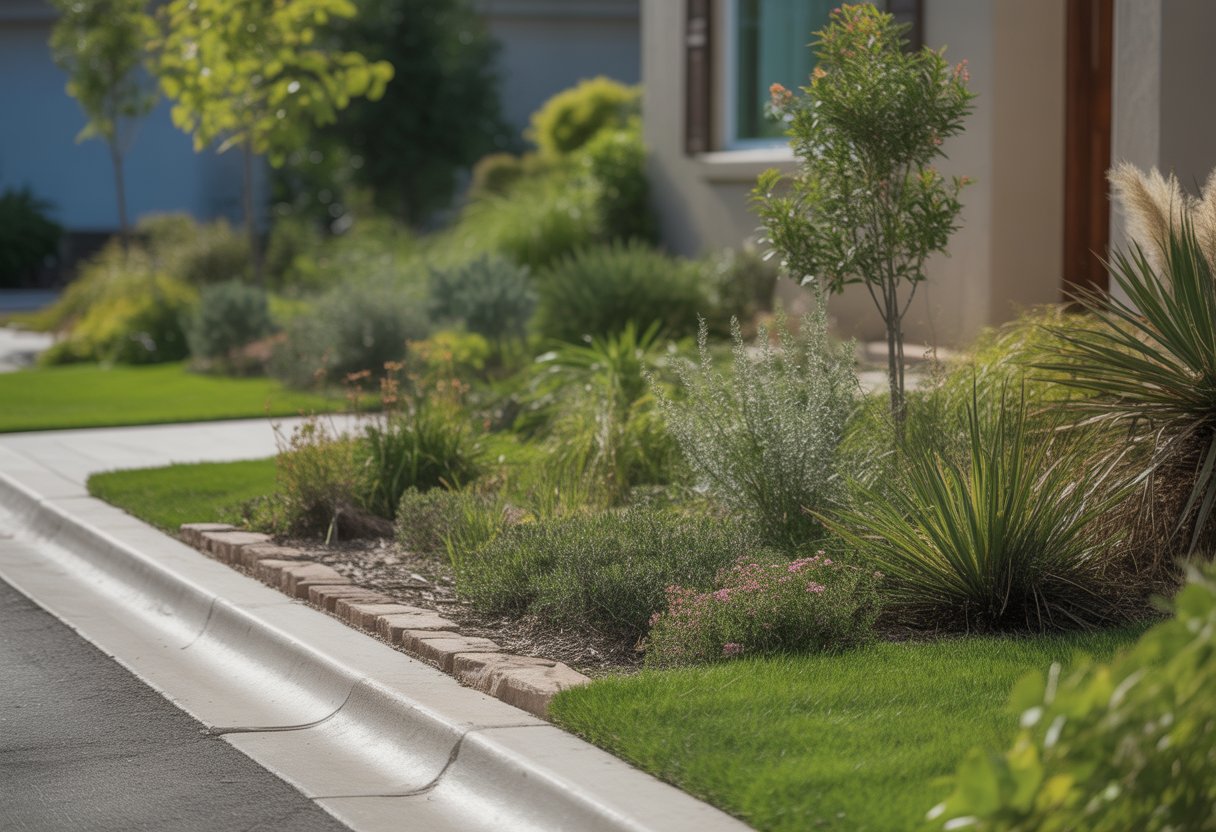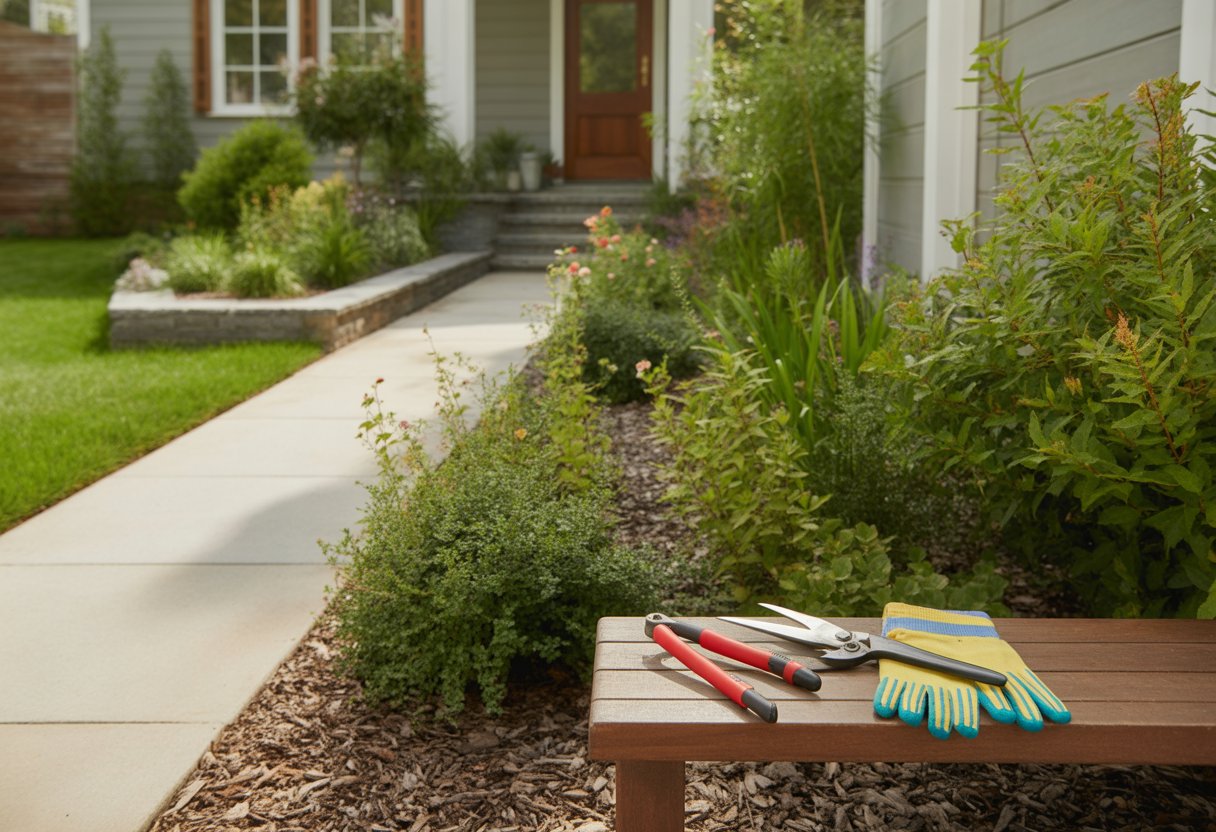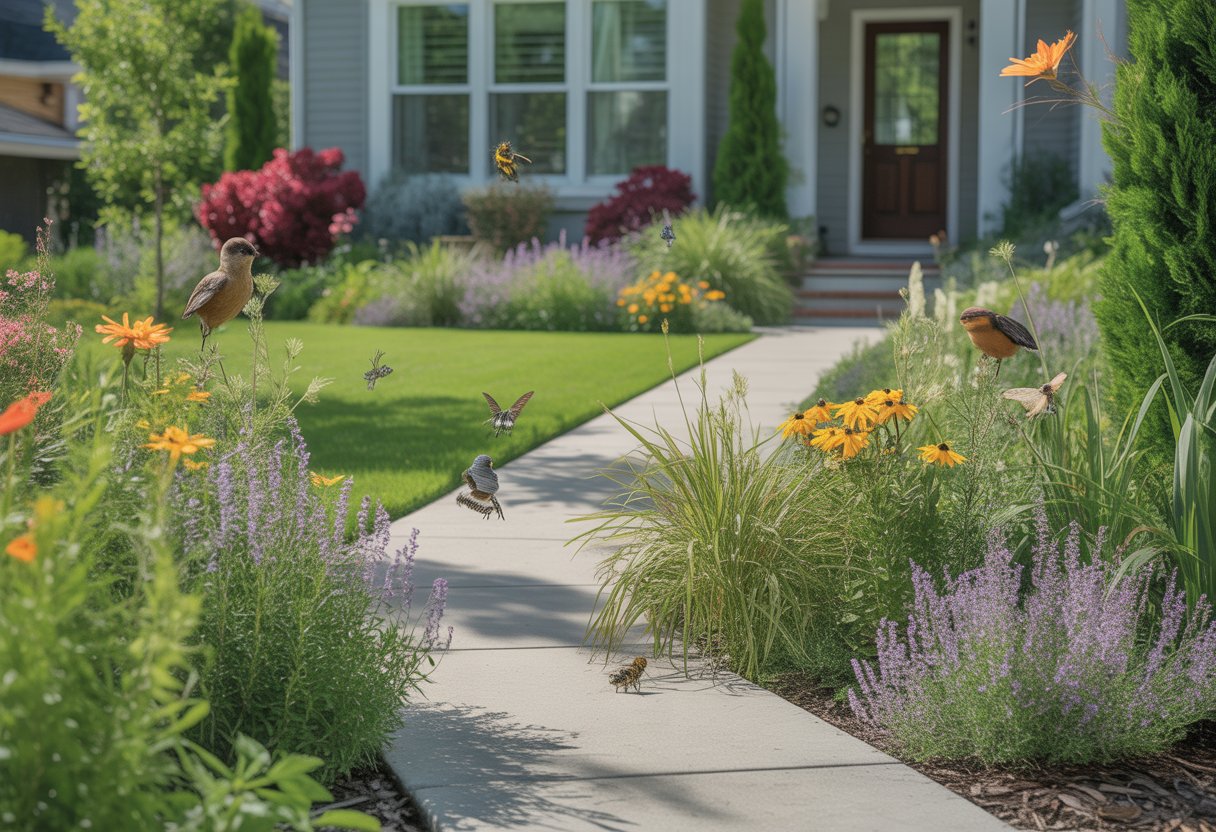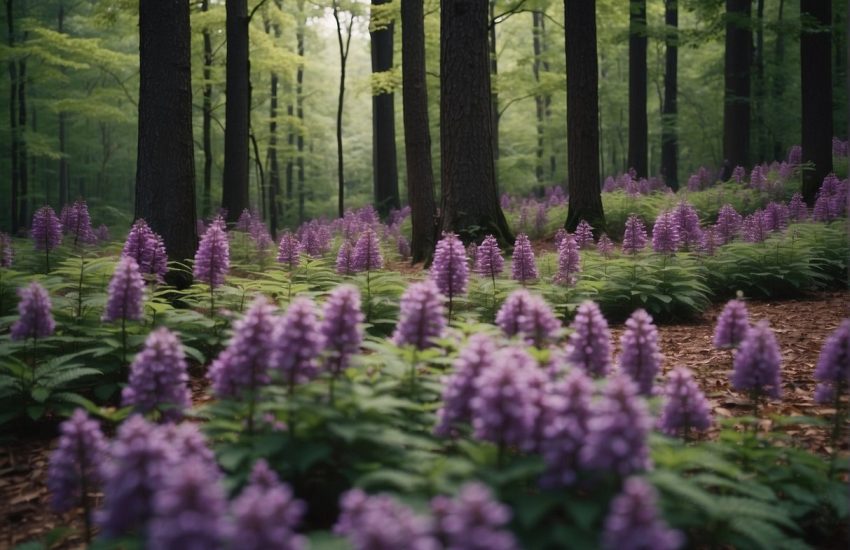Native Landscaping for Curb Appeal Enhances Home Value and Sustainability
Native landscaping leans into plants that naturally fit the local environment. The result? An attractive front yard that’s sustainable, easy to care for, and honestly, just feels right.
Bringing in native plants can boost curb appeal by showing off the area’s natural beauty, all while cutting back on water use and yard work. It’s a win for local ecosystems and gives your home a look that feels balanced and genuinely connected to its surroundings.

A lot of folks stick with traditional landscaping that needs constant attention—watering, pruning, you name it. But native plants just get on with it, adapting to the local soil and weather with barely any fuss.
They bring in unique textures and colors that really fit the region. The yard ends up looking good all year, blending in naturally, and giving your curb appeal a thoughtful boost.
Key Principles of Native Landscaping for Curb Appeal
Native landscaping improves front yards by focusing on plants that already know how to handle local conditions. It mixes in design elements that keep things interesting all year, but with less work and fewer resources.
Benefits of Using Native Plants
Native plants just work with the local soil, climate, and rainfall. They don’t ask for extra watering or fertilizer, and they’re tough against pests and diseases—no need to drown them in chemicals.
They’re also a lifeline for local wildlife like pollinators and birds. Deep roots help keep soil in place and fight erosion, making the landscape last longer.
Going native gives curb appeal a boost by creating a look that actually fits the neighborhood. It doesn’t feel forced or out of place.
Understanding Seasonal Interest
Seasonal interest is all about keeping your yard looking lively, no matter the month. With the right mix of evergreens, perennials, and deciduous plants, you get shifting textures and colors as the seasons change.
Think spring blooms, lush summer leaves, and those fiery fall colors from maples or sumacs. Even winter can be interesting if you pick plants with cool bark or seed pods.
Mixing things up seasonally keeps the yard from feeling empty or dull when the weather changes.
Low-Maintenance vs. Traditional Landscaping
Native landscaping means less mowing, watering, and pruning. You save time, money, and honestly, your weekends.
Traditional landscapes usually rely on chemicals and strict watering schedules, but native plants just don’t need that. Pick drought-tolerant natives, and you’ll skip the hassle of over-planting and wasting resources.
You can still keep things neat and tidy, but you won’t have to work as hard to get there.
Designing a Beautiful Native Front Yard
Designing with native plants takes a bit of thought—where to put shrubs, trees, and perennials so they look good and help the local ecosystem. Walkways and a few well-chosen decorations can really pull it all together.
Planning Your Planting Beds
Start by figuring out your yard’s sun, soil, and moisture situation. Place planting beds where they’ll flatter the house and create a natural flow along paths or the driveway.
Layering works well—short flowers up front, medium shrubs in the middle, and taller trees at the back or corners. This keeps things balanced and avoids the dreaded overgrown look.
Throw down some mulch to lock in moisture and stop weeds. Native mulch is best if you can get it. Beds should anchor the house visually and guide folks toward your front door.
Selecting Native Shrubs and Trees
Pick shrubs and trees that thrive locally and won’t outgrow their spot. Virginia sweetspire is great for foundations, offering white blooms and killer fall color.
Go for trees like serviceberry or redbud for shade and structure. Shrubs such as spicebush or inkberry holly add texture year-round.
Native plants bring in wildlife and pollinators, plus they’re easier to care for than exotics.
Combining Perennials, Flowers, and Decorative Accessories
Mix up native perennials and flowers—black-eyed Susan, Mexican feather grass, you name it—for color, texture, and a bit of movement. Once they’re established, they barely need watering.
Group plants with similar water needs together. Add a few natural stone borders, a wooden arbor, or maybe a subtle sculpture to give the garden a bit of personality.
Skip anything invasive. Accessories should vibe with the native look and help tie the whole yard together.
Creating a Welcoming Entrance
Make the entrance inviting by lining a clear walkway with native plants or low shrubs. It’s simple but effective.
Maybe add an arbor at the gate for some vertical interest and to frame the front door. Native flowers or vines that bloom at different times can keep things fresh.
Keep plants near the entrance trimmed so they don’t block the path or light. A tidy foundation planting by the door connects the house to the outdoors and feels welcoming.
Practical Techniques and Maintenance Tips

Getting native landscaping right means paying attention to soil prep, watering, and basic plant care. A little effort up front means less work down the line.
Soil Preparation and Soil Testing
Good soil is everything. Run a soil test before planting to spot any nutrient gaps or weird pH levels.
Toss in compost or other organic matter to improve texture and fertility, especially in garden beds. Loosen up compacted soil to help roots spread and water soak in.
Most natives like well-drained soil, but double-check what your chosen plants need. Adjusting soil for your plants means less watering and fertilizer later.
Watering and Mulching Strategies
Natives handle dry spells, but they do need water while getting established. Water deeply but not too often to encourage strong roots.
Use organic mulch—bark, leaves, whatever’s available—to hold moisture, stop weeds, and build better soil. Keep mulch two to three inches thick, but don’t pile it against plant stems.
Change up your watering routine as seasons shift. Overwatering is a common mistake and just leads to headaches.
Pruning and Ongoing Plant Care
Prune to keep plants healthy and looking good. Snip off dead or damaged branches to keep disease at bay.
Most native plants need little pruning, but a seasonal trim helps keep everything tidy. If you want formal shapes, go easy—selective cuts are better than heavy shearing.
Stay on top of pests and weeds. With the right plants and a bit of regular care, you’ll spend way less time fixing problems.
Enhancing Curb Appeal and Attracting Wildlife

Native landscaping isn’t just about looking good; it’s about creating a space that works for both people and wildlife. Choosing the right plants, mixing in hardscape, and adding wildlife-friendly features can really make your property stand out.
Seasonal Color and Annuals
Native annuals bring in bursts of color that change with the seasons. They’re usually low-maintenance and don’t guzzle water like some imports.
Planting annuals near paths or the front door draws the eye and keeps things interesting. These blooms help pollinators and keep the landscape feeling lively.
Wildlife-Friendly Features
If you want more birds, butterflies, or even helpful bugs, add shrubs with berries, native wildflowers, and plants that drop seeds. Birdhouses and water features can make the yard even more inviting.
Wildlife-friendly landscaping appeals to eco-minded buyers and boosts biodiversity. Once established, these features don’t need much attention, which is a relief.
Hardscape Elements for Lasting Impressions
Hardscape—think stone, pavers, or mulch paths—frames native plantings and adds function. Benches or garden walls give the space structure and a place to hang out.
Low-maintenance hardscape keeps future costs down, which buyers notice. Lighting and smart irrigation can add value and make the yard more usable.
Honestly, finding the right hardscape balance might take some trial and error, but it’s worth it for a yard that feels both welcoming and intentional.
Appealing to Potential Buyers
Native landscapes designed for curb appeal can really sway buyer decisions. They show off reduced water use and lower maintenance—plus a little ecological sensitivity, which more and more home shoppers seem to want.
When you highlight these perks in your listing materials, you bump up the property’s perceived value. Buyers often connect native landscaping with a home that’s mature and well cared for.
That first impression, with its mix of color, structure, and even some wildlife, sticks in people’s minds. Honestly, who doesn’t pause for a butterfly or two? Audience research suggests these details can speed up selling time and maybe even nudge the final sale price higher.


